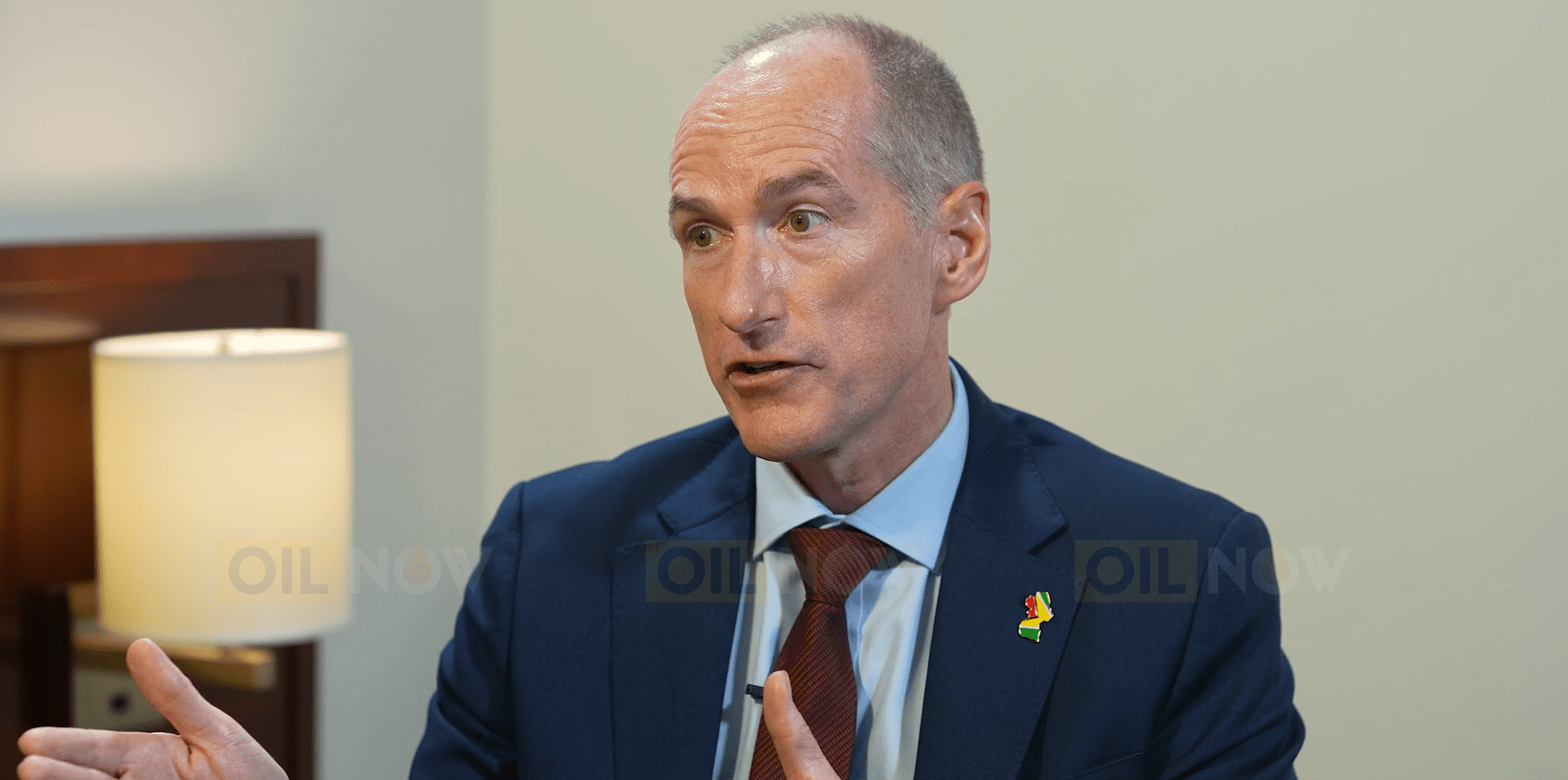ExxonMobil’s planned Longtail floating production storage and offloading (FPSO) unit will have a significantly unique design from earlier Guyana developments, with increased gas compression and no water injection.
Alistair Routledge, President of ExxonMobil Guyana, told OilNOW in an exclusive interview that Longtail is a gas-driven development with a high condensate-to-gas ratio. “It has a high condensate ratio to gas, and high enough indeed, that we really see value in cycling gas back through the reservoir,” he said.
240,000 bpd eyed for possible development of Longtail resource – John Hess | OilNOW
Instead of water injection, ExxonMobil will use a gas recycling method to enhance liquid recovery. “As you take the condensate, you dry the gas a little bit in that process, you put it back in the reservoir, and then it picks up more,” Routledge explained. “It actually dissolves some of the condensate as it goes back through the reservoir.”
This approach, he noted, will maximize resource recovery and project value. Unlike the oil-driven FPSOs that use gas and water injection to push out oil, Longtail will rely entirely on gas cycling. “Water has no value in the increased liquids recovery. So, we’ll substitute some of that water injection capacity for more gas compression,” Routledge said.
The Longtail FPSO is expected to have twice the gas compression ability of earlier units in the Stabroek Block. ExxonMobil anticipates making a final investment decision (FID) on the project in 2026. Longtail will target production of 1.2 billion cubic feet of gas per day (cf/d), a massive amount compared to the much smaller scale plans to tap associated gas from the Liza and Hammerhead fields. Those associated gas projects will target collective production of about 125 million cf/d.
Click here for the full interview.



